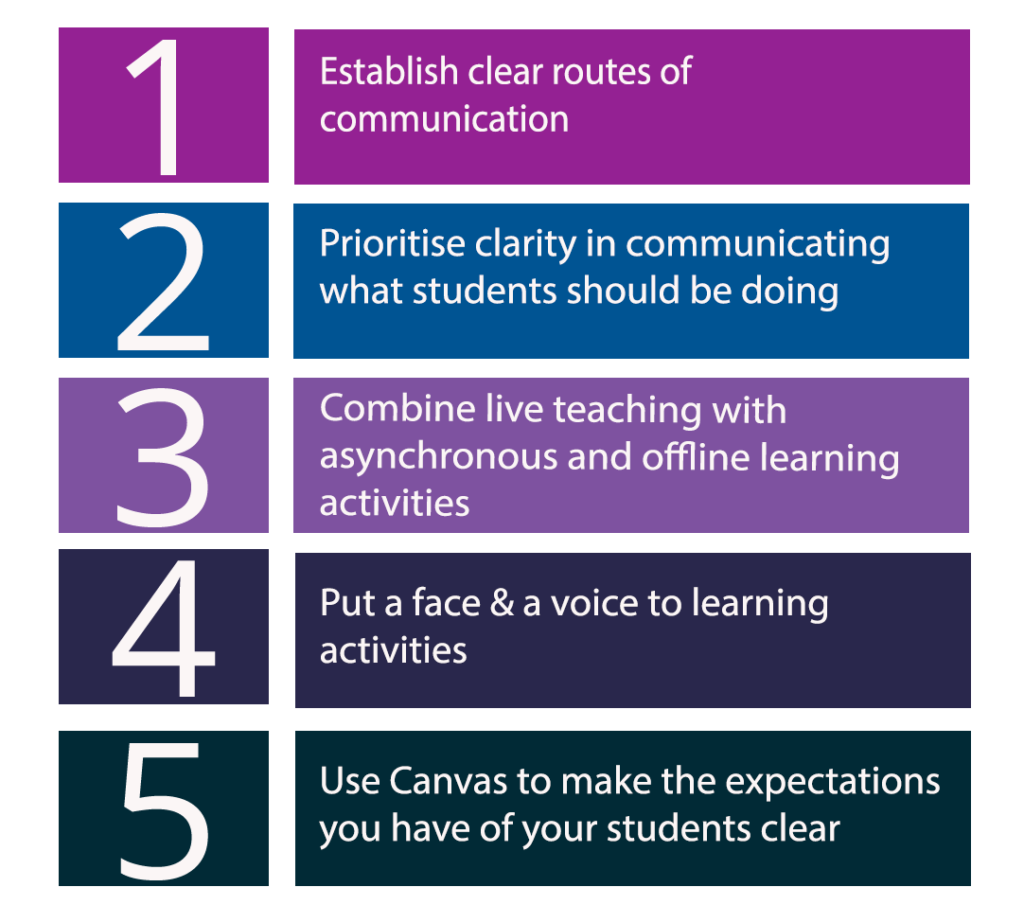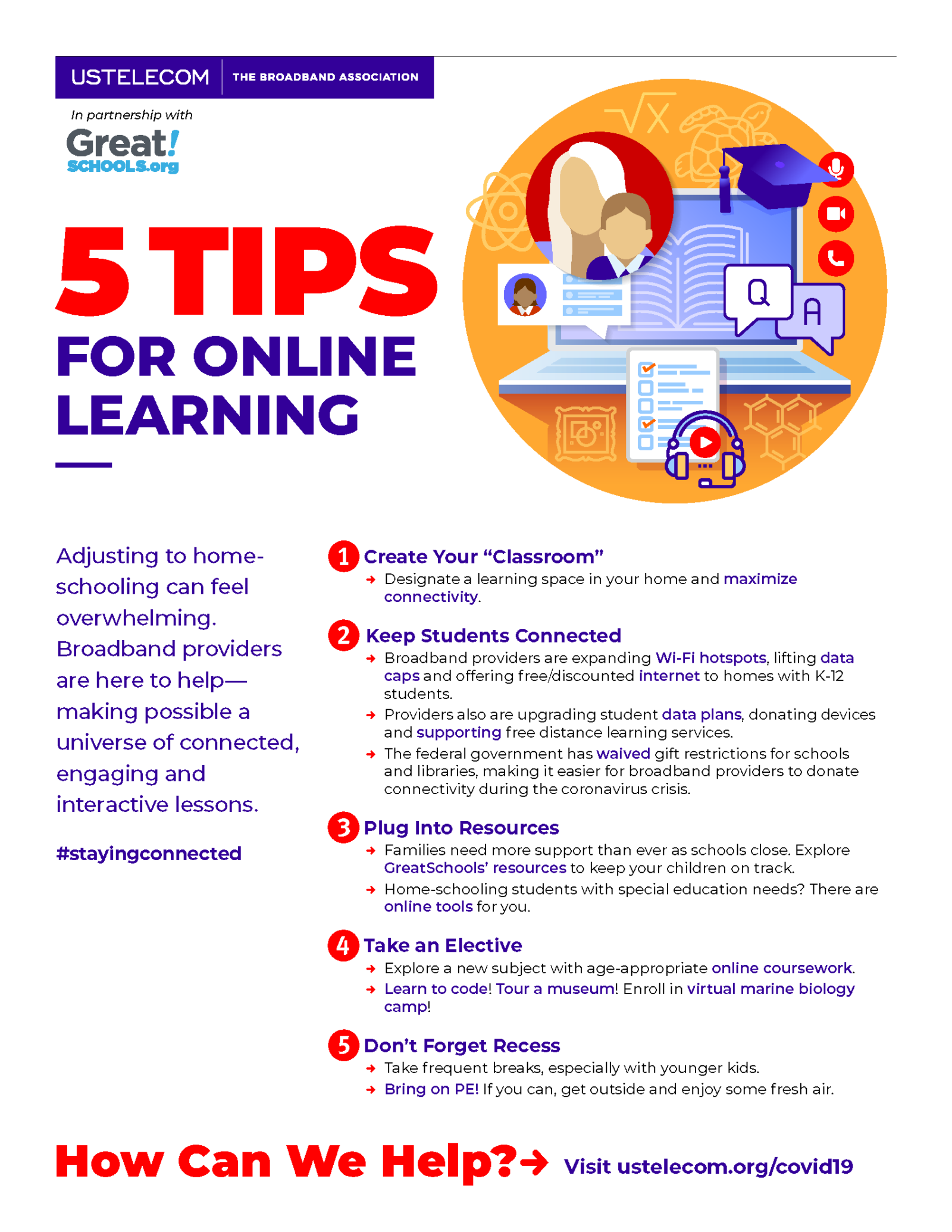To make online learning more engaging, you can encourage audience presence and participation, set ground rules and expectations, facilitate breakout rooms, make the session interactive, incorporate microlearning, and give attendees a break. Creating a more engaging virtual classroom, using technology to your advantage, setting goals, keeping it interactive, breaking down lessons, and making students feel valued are also effective ways to engage learners in online learning.
Including activities, quizzes, job aids, resources, scenarios and case studies, a conversational tone, a workbook, short videos, and asking questions after a video can make online training more interactive. To increase student engagement in online courses, set expectations and model engagement, build engagement and motivation with course content and activities, initiate interaction and faculty presence, foster interaction between students, and create an inclusive environment.
Varying activities such as gamification can mitigate fatigue and make learning more engaging for students online.
Setting Expectations And Goals
To make online learning more engaging, it is important to set clear expectations and goals for the course or program. By doing so, learners are able to understand what is expected of them and what they will gain from their efforts.
Additionally, incorporating interactive elements such as gamification, quizzes, and storytelling can help keep learners motivated and engaged throughout the learning process.
Establish Learning Objectives
When it comes to making online learning more engaging, it is essential to establish clear learning objectives. This is the first step in creating a roadmap for what your learners need to accomplish and what they will gain from completing the course. Ideally, you should set measurable goals that align with your learners’ learning outcomes to assess what they have learned in the course.
Create Personalized Learning Paths
Providing personalized learning paths to learners is a great way to make an online learning program more engaging. This approach ensures that each learner’s individual needs are met, allowing them to learn at their own pace and in their preferred style.
One way to incorporate personalized learning paths is by using interactive questionnaires to gather data about the learner’s preferred approach to learning content. Based on this data, you can present relevant content to help learners achieve their goals.
Moreover, it is equally important to ensure that each lesson contains practical elements and focuses on real-life case studies and examples. Interactive elements like animations, videos, or gamification can keep learners engaged.
Incorporating all these techniques can help create an interactive and engaging online learning environment that can foster curiosity and lead to better learning outcomes.

Credit: www.trainers-toolbox.com
Creating Interactive Content
Online learning can be monotonous, dull, and not a very engaging experience for students. To make online learning more interactive and engaging, it is important to create content that is both visually appealing and interactive. In this blog post, we will discuss two ways to create interactive content: using visual aids and graphics, and incorporating gamification.
Use Visual Aids And Graphics
Visual aids and graphics can be a powerful tool to engage online learners. Visuals help to break up the text on a page and ensure that the learner stays engaged throughout the lesson. Some effective visual aids and graphics that you can use in your online course include:
- Infographics
- Charts and graphs
- Images and photographs
- Animations and videos
If you want to quickly create these types of visuals, try out PicsArt templates. They can save you time and help you produce professional-quality visuals. Visual aids and graphics can help to convey information in a more engaging and memorable way. However, it is important to use them sparingly and only when they are relevant to the content. Too many visuals can become overwhelming and actually detract from the learning experience.
Incorporate Gamification
Gamification is the use of game elements and principles in non-game contexts. In online learning, gamification can be used to enhance the learning experience and keep students engaged. Some ways to incorporate gamification in your online course include:
- Badges and rewards
- Leaderboards
- Challenges and quizzes
- Simulations and games
Gamification can make learning more engaging by providing learners with a sense of progression and achievement. It can help to motivate students and keep them engaged throughout the course. However, it is important to use gamification elements in a way that supports the learning objectives of the course and not just as a gimmick to make the course more entertaining.
Creating interactive content is one of the most effective ways to make online learning more engaging. With the use of visual aids and graphics, and gamification, you can create content that not only informs but also motivates and excites students about what they are learning.
Promoting Collaboration And Engagement
Discover how to make online learning more engaging by promoting collaboration and active engagement. Techniques like creating interactive elements, utilizing gamification, encouraging audience presence and participation, and fostering a learning community can help students stay motivated and interested in the material.
Nowadays, with the rise of online learning, it can be easy for students to feel disconnected and disengaged from the material. One way to combat this is by promoting collaboration and engagement. Here are some ways to encourage collaboration and engagement in your online classes.
Encourage Peer-to-peer Learning
One of the easiest ways to promote collaboration and engagement is by encouraging peer-to-peer learning. By allowing students to work together on projects or assignments, they will be able to learn from each other and build bonds through collaboration. This can be done by creating group projects or having students critique each other’s work.
Utilize Breakout Rooms
Another way to encourage collaboration and engagement is through the use of breakout rooms. Breakout rooms are virtual spaces where students can work together in small groups. By utilizing breakout rooms, students can collaborate on assignments or participate in small group discussions. This allows them to get personalized attention and engage more deeply with the material.
By promoting collaboration and engagement in online learning, you can help students feel connected to the material and each other. Encouraging peer-to-peer learning and utilizing breakout rooms are just a few ways to enhance the online learning experience for both students and teachers.

Credit: blogs.sussex.ac.uk
Providing Regular Feedback
One effective way to make online learning more engaging is by providing regular feedback to learners. This can help them stay on track and motivated, while also allowing for improvement and growth. Utilizing tools like quizzes and individual learning plans can also enhance the online learning experience.
Incorporate Quizzes And Assessments
One effective way to provide regular feedback and make online learning more engaging is to incorporate quizzes and assessments throughout the course. This not only allows learners to self-evaluate their understanding of the course material but also provides the opportunity to receive immediate feedback. By making the quizzes and assessments visually appealing with clear instructions and concise questions, learners are more likely to stay focused and engaged.
Offer One-on-one Feedback
Another way to provide regular feedback and engage online learners is to offer one-on-one feedback. This can be done by scheduling regular check-ins with learners or by providing feedback through individual messaging or video conferencing. Offering personalized feedback helps learners to stay motivated and feel that they are being supported throughout the course. It also allows for targeted feedback that is specific to the learner’s strengths and weaknesses.
Additional Tips
Aside from the above-mentioned methods, here are other tips to make online learning more engaging:
- Encourage collaboration and discussions through online forums or group projects.
- Use gamification techniques such as leaderboard or badges to make the learning experience more fun and competitive.
- Create individual learning plans that cater to the unique needs and goals of each learner.
- Incorporate interactive elements such as videos, infographics, or animations to keep learners engaged.
- Use storytelling to make the course content more interesting and relatable.
- Build a sense of community by making space for learners to share their experiences and connect with one another.
- Provide additional resources such as job aids or workbooks to help learners apply the course material.
By implementing these tips and providing regular feedback through quizzes, assessments, and personal interactions, you can make online learning more engaging and effective for your learners.
Frequently Asked Questions For How To Make Online Learning More Engaging
How Can I Make My Online Training More Engaging?
To make your online training more engaging, you can do the following: encourage audience presence and participation, set ground rules, expectations, and training goals, facilitate breakout rooms, make your session interactive, incorporate microlearning, and give attendees a break. You should also include activities, quizzes, provide job aids and resources, and create a conversational tone in your training.
Additionally, initiate interaction and create faculty presence, foster interaction between students, create an inclusive environment, and use gamification and technology to your advantage.
How Do You Engage Learners In Online Learning?
To engage learners in online learning, you can encourage audience participation and presence, set goals and expectations, incorporate interactive elements like gamification, quizzes, and storytelling. You can also build a community among learners, encourage collaboration, create individual learning plans, and provide regular feedback to make learners feel valued.
Additionally, you can break down the lessons into digestible parts and utilize technology to your advantage.
How Do I Make My Online Training Interactive?
To make your online training interactive, you can encourage audience presence and participation, set ground rules and training goals, facilitate breakout rooms, incorporate microlearning, quizzes, scenarios and case studies, create a conversational tone, provide job aids and resources, and ask questions after a video.
Additionally, you can make your session interactive, give attendees a break, use technology to your advantage, and create a more engaging virtual classroom.
How Do I Make Remote Learning More Engaging?
To make remote learning more engaging, you can encourage audience participation, create interactive elements like quizzes, utilize gamification, build a learning community, tell stories, use microlearning, and provide regular feedback. Set expectations, facilitate breakout rooms, and make the sessions interactive.
Use technology to your advantage, keep it interactive, and make your students feel valued. Varying activities can be an effective way to mitigate fatigue and increase engagement. Motivate your class by letting them play games and interact with each other.
How Can I Make My Online Training More Engaging?
Encourage audience participation, use breakout rooms, microlearning, and interactive elements like quizzes and storytelling. Regular feedback and building a community are also effective.
Conclusion
Online learning doesn’t have to be a boring experience. By following the guidelines mentioned above, you can easily make your online courses more engaging and interactive. Encouraging audience presence and participation, setting ground rules, and facilitating breakout rooms are key steps towards creating a more engaging virtual classroom.
Additionally, incorporating microlearning, providing regular feedback, and building a learning community are other effective strategies to keep your learners engaged and motivated. By embracing these methods, you can create a fun and dynamic online learning environment that not only educates but also inspires your students.












































Leave a Reply